Free Flower Seeds
How to use your garden more productively

The colour, scent and variety of a flower garden is a true joy. By collecting and storing your seeds, that joy can be repeated year after year at little cost other than your time and a few useful accessories. This is an enjoyable, therapeutic and immensely satisfying job, but one which does require preparation and patience!
Here’s how to do it:
Which flowers?
Choose vigorous, healthy plants for best results year after year. Self-sowing flowers - such as foxgloves - do the work for you (but you may still want to collect their seeds to give to friends or perhaps target new areas of the garden). Although there’s no reason not to harvest seeds from hybrid varieties, it will mean you may not get quite what you were expecting the following year, since hybrids, of course, feature ‘genetics’ from both ‘parent’ plants and like our children they don't turn out the same.
When to collect seed
A warm dry day is best, as any damp could cause mould to grow after you have stored your seeds. Wait for midday or later to ensure the driest conditions. If you collect the pods or seedheads before they are completely dry, finish off the drying in shed before harvesting.
How to collect seeds
It helps to have a ‘storage station’, where everything you need is at hand.
Our small potting table would be a perfect solution. Create as much space as you need to work in and do it on a dry day or under cover.
Seeds are produced in either pods (like sweet peas & poppies) or seedheads (like alliums & cosmos).
When collecting from pods, look for a hard shell or capsule around the seed; often it will be a brown or yellow colour and may have started to open.
Some pods rattle when you shake them, if they’re ready for harvest, others start to crumble when you squeeze them. Make sure you can recognise the seeds from any other debris and remember some will be very small and delicate. It's a constant source of amazement to me what can grow from such a small beginning.
When to collect seeds

 These lupin seed pods aren’t quite ready - once they change colour from green to brown, they’ll be ripe!
These lupin seed pods aren’t quite ready - once they change colour from green to brown, they’ll be ripe!
When collecting seeds from a seedhead - like an allium, sunflower or zinnia - think about colour and the feel of the plant.
The colour will probably have faded to a straw-like or brown hue; they will feel dry and hard and will probably begin to fall apart in your hands.
For pods, you may need to crush the pod or gently open it to reveal the seed.
When collecting from seedheads, you will either need to shake the seeds from from the heads, or rub the head between your hands to release the seed. The image here shows a sunflower seedhead ripe for harvesting.
Storing
Make sure all seeds are free from debris and are dry, before you store them. Once stored, you may want to use a desiccant - such as silica gel - to ensure no moisture creeps in. Top tip: save those little desiccant bags you get with new electronics or shoes - but dry them out in the sun before using to ensure maximum drying effect.
To store seeds, our stylish and practical storage envelopes provide space for recording the seed type and the date and location of collection.
To avoid seed envelopes getting lost or stored away and forgotten about, use our Seed Packet Storage Organiser to keep you hard-earned treasure safe until it’s ready for sowing.
We’d love to hear from you if you have found alternative methods or tweaks which work for you! Comment below or find us on Twitter and Facebook.
- choosing a selection results in a full page refresh
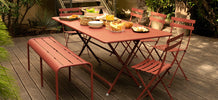


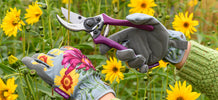

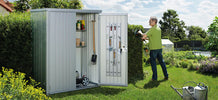

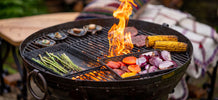
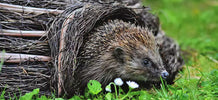
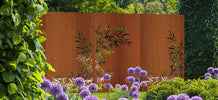
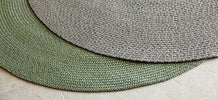

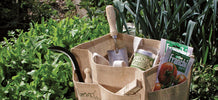
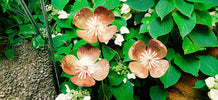

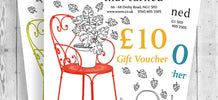








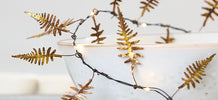


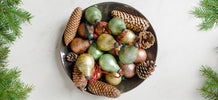









Comments
Follow Us
Previous Posts
Creating fat cakes for garden birds - Angela's recipe
Around the Fire: Trust, Betrayal and a Flame That Won’t Go Out
Fermob Trends 2025 - Precious Nature
12 Luxurious Garden Gift Themes
Garden Gifts to make their Christmas Special
Repotting Large Outdoor Plants: What You Need to Know
Fermob Trends 2025 - Ocean Wave
The Oxfordshire Gardener - February 2025
Nottingham Street Artist Soz Mate Brings Colour to Derby Street